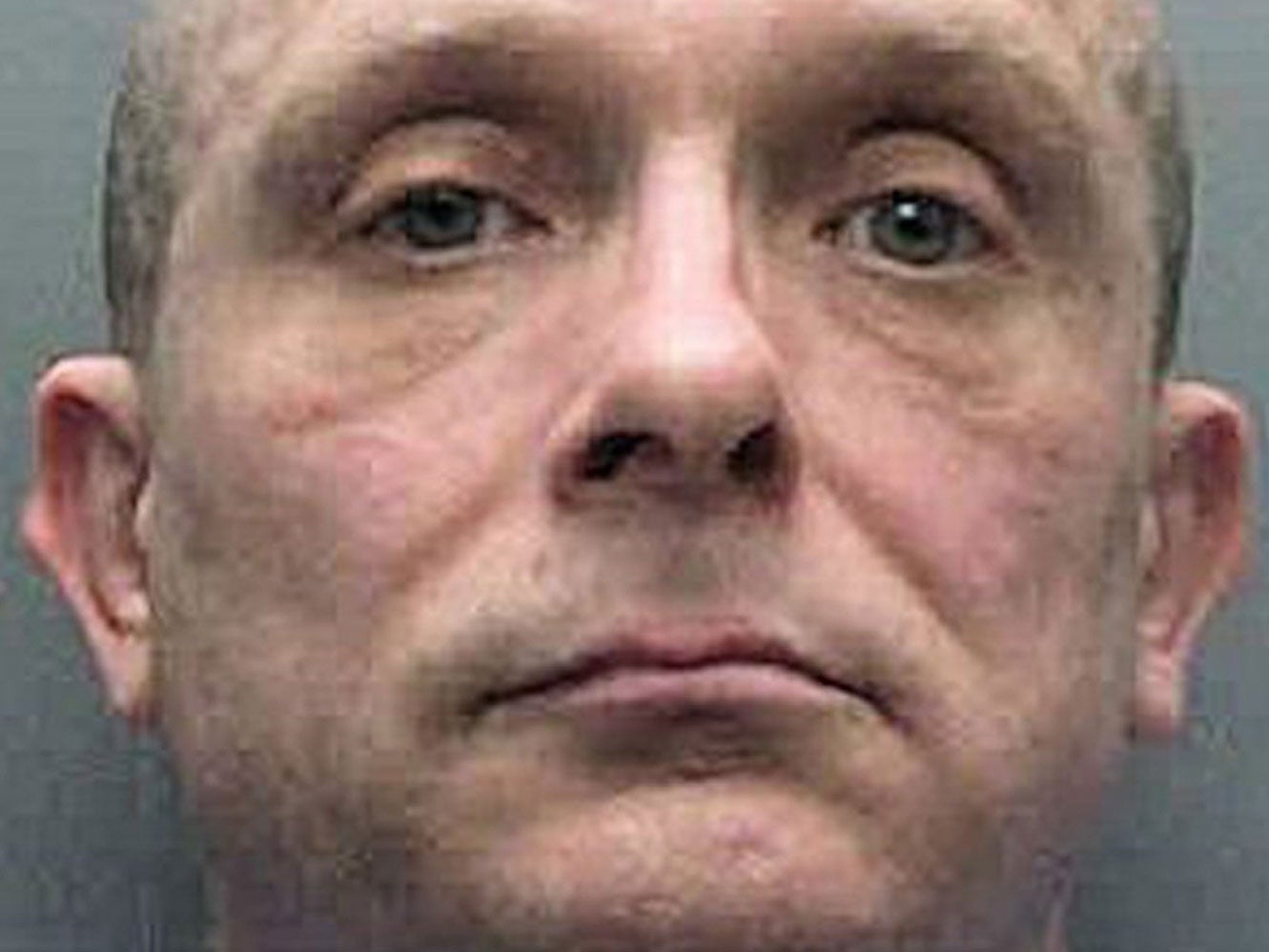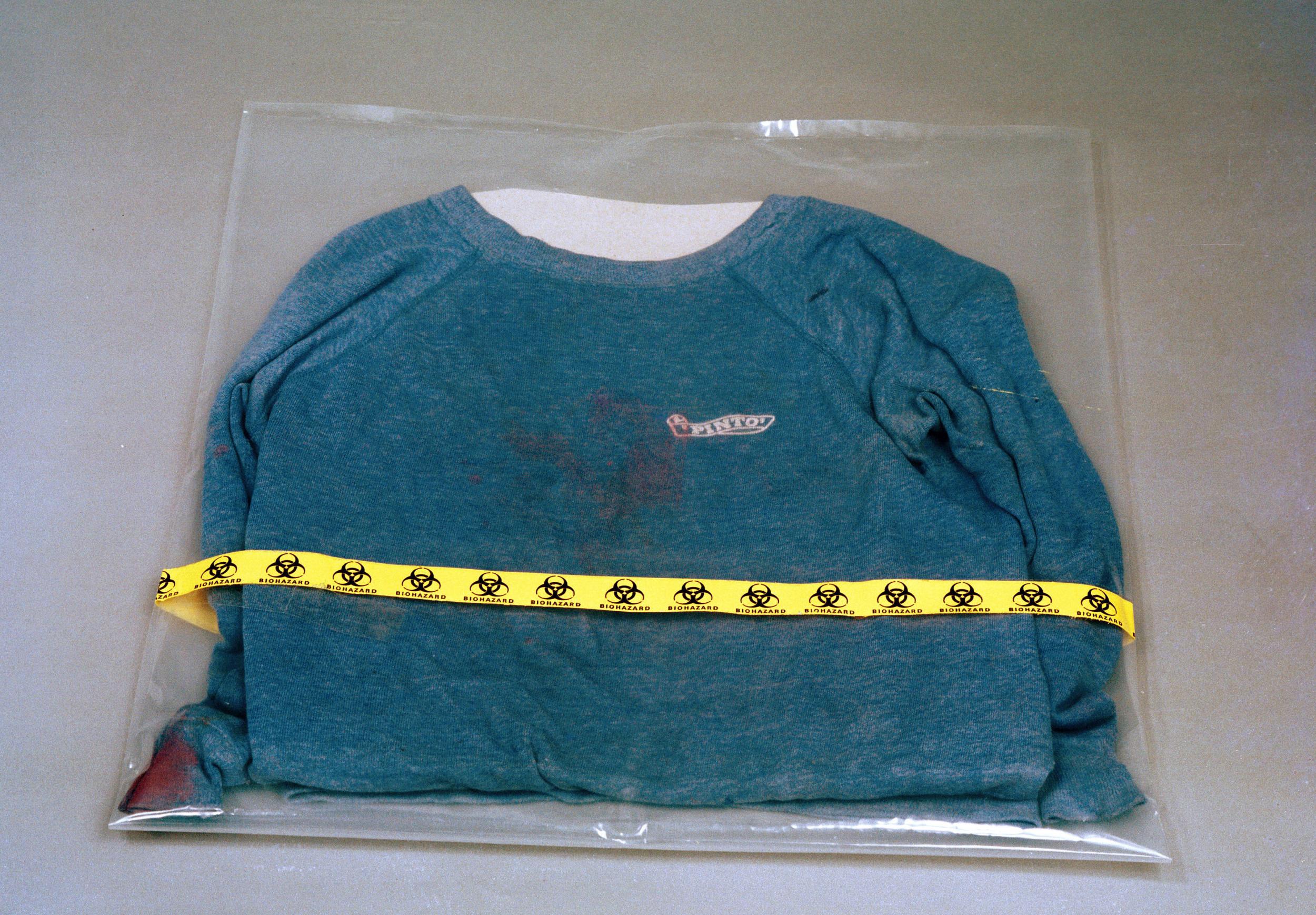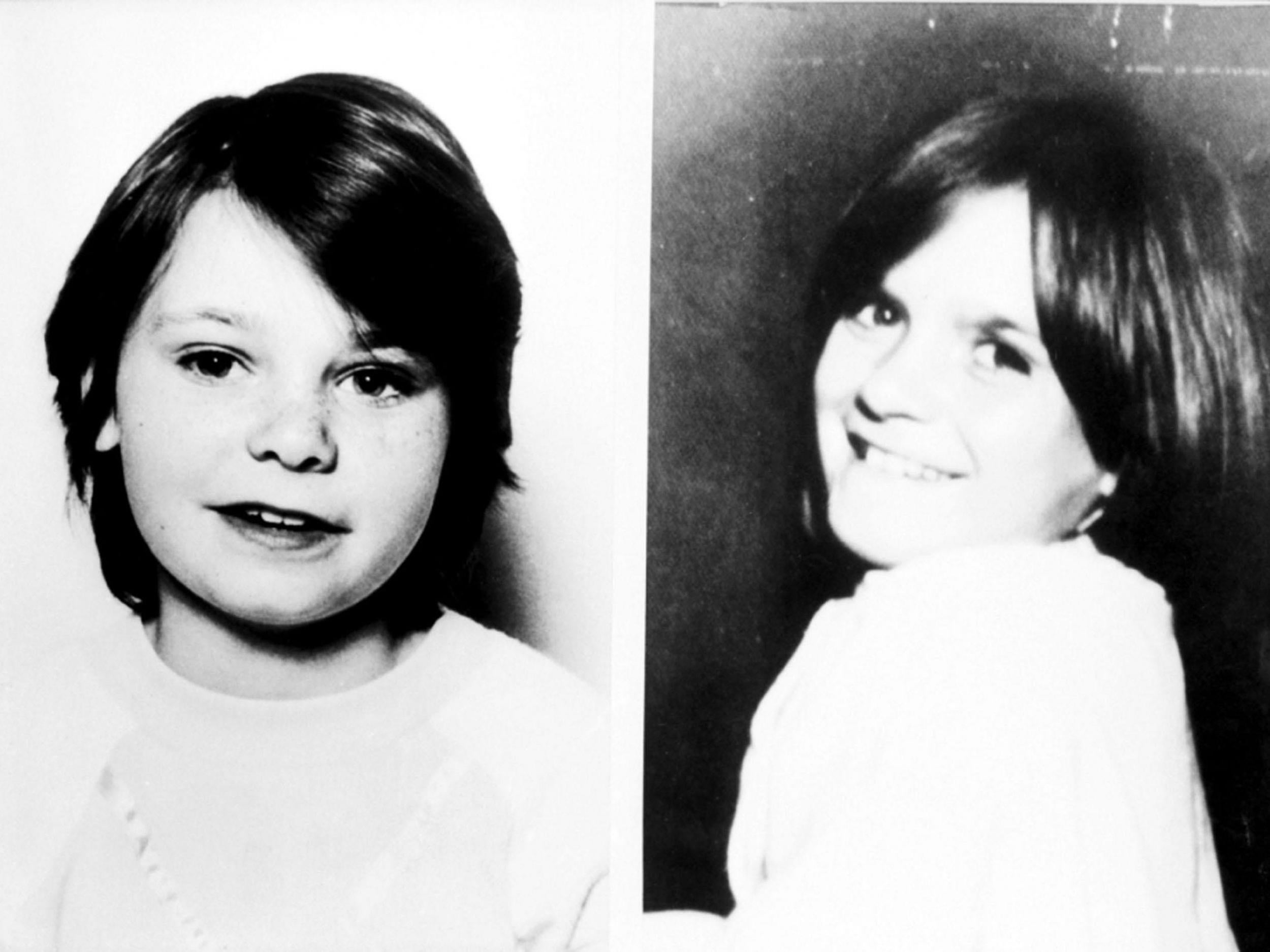Russell Bishop trial: 'Time capsule' forensic evidence may be 'leaky' and contaminated, court hears
Convicted sex attacker tells court a key piece of prosecution evidence was examined 'on the same table in the same room' as the clothes of murdered nine-year-olds Karen Hadaway and Nicola Fellows

Forensic samples presented as a “time capsule” linking a convicted paedophile to the 1986 murder of two nine-year-old girls may in fact be a “leaky time capsule” containing contaminated evidence, a court heard.
In 1986, the Old Bailey jury was told, a Pinto sweatshirt allegedly linking Russell Bishop to the sexually motivated killings of Karen Hadaway and Nicola Fellows was examined on the same table in the same room as the girls’ clothes.
Bishop, 52, denies murder. He was acquitted of the murders at a 1987 trial, but is now being tried again after samples taken in 1986 were re-examined and new DNA evidence came to light.

A key part of the evidence being brought against him is a blue Pinto sweatshirt that the prosecution says Bishop wore, then discarded as he walked home from killing the two girls in Brighton’s Wild Park on October 9 1986.
But Bishop told the Old Bailey that when civilian scenes of crime officer Edward Redman was cross-examined during the 1987 trial, it emerged that “Officer Redman examined the Pinto sweatshirt and the children’s clothing on the same table in the same room.”
Joel Bennathan QC, defending, told the jury that what the prosecution has described as a “time capsule” of forensic evidence proving Bishop’s guilt was in fact a “leaky time capsule”.
“There is a danger in this case,” Mr Bennathan told the jury, “That the prosecution tries to batter you with science to the extent that you forget other normal, straightforward direct evidence.”

Bishop told the court that the Pinto sweatshirt was not his. He said that on the day of the murders, he had worn a blue “flecky” sweatshirt with a diagonal stripe across it.
The court head that while questioning Bishop on October 31 1986, police officers showed him the Pinto sweatshirt.
Mr Bennathan asked: “Was that your Pinto sweatshirt? Had you ever seen that sweatshirt before? Had you ever worn that sweatshirt?”
To all three questions, Bishop replied, “No”.

Mr Bennathan asked Bishop: “Did you kill those girls wearing the Pinto?”
Bishop replied “No”.
The defence barrister then asked: “Did you have anything to do with the murder of Karen Hadaway? Did you have anything to do with the murder of Nicola Fellows?”
Bishop replied “no” to both questions.
Bishop told the court that in 1993 he had sent the police a transcript of Mr Redman’s 1987 trial evidence.
He mentioned this to the police who rearrested him over Karen and Nicola’s murders in 2016, but, the court, heard, by that time no surviving transcripts of Mr Redman’s evidence could be found.
The prosecution has said the Pinto sweatshirt was found discarded on the night of the murders near a footpath that would have formed a logical route home for Bishop from Wild Park.
Bishop, though, told the court there was another way for him to go home, adding that he did not wear T-shirts under his sweaters, so if he had discarded the Pinto as suggested by the prosecution he would have walked home “half-naked” through a well-lit densely populated area.
When asked how he had felt when in 1986 the police first charged him the murders of Karen and Nicola, Bishop fought back tears as he replied: “Devastated”.
The jury has been told that having walked free from court in 1987, Bishop abducted and sexually assaulted a seven-year-old girl in 1990. After receiving a life sentence for that offence, he has spent the last 28 years as a Category A prisoner.
Questioned by Mr Bennathan, Mr Bishop described being the target of a hate campaign after being acquitted of the girl’s murders in 1987.
When he got home after the trial, Bishop said: “The first of many bricks came through the window.”
Over time, he added, so many bricks or stones were thrown at his windows, “There were too many to count. We gave up in the end and just boarded them up.”
His car, he said, was set alight on one occasion and his brake lines were cut eight or nine times.
“Damage to the car [occurred] dozens of times,” he said. “There was never a day that something didn’t happen.”
Bishop added: “My home was firebombed on several occasions, petrol poured through the letter box. It was basically people trying to kill me and my children.”
Bishop fought back tears as he told the court how in January 1990 he put his children in the back of his car and drove to the cliffs at Beachy Head in Sussex.
He was, he said, thinking of “ending my life, ending my children’s life”.
“My son said something in the car which made me rethink,” Bishop told the court. “I went to the beach, cleared my mind, went for a walk with my children.”
The following month, he abducted the seven-year-old girl, strangled and sexually assaulted her and left her for dead.
Admitting he was “deeply ashamed”, Bishop told the court that at the time of the 1990 attack, he had been in a “bad, bad state”.
The defence has suggested to the jury that Nicola’s father Barrie Fellows was a more plausible suspect for the 1986 murders, suggesting he was capable of “extreme violence”.
But in his evidence Mr Fellows categorically denied Mr Bennathan’s suggestions that he was violent to his grandmother-in-law or that he had watched his own daughter in a child sexual abuse video before killing her to cover up his alleged guilty secret.
The trial continues.
